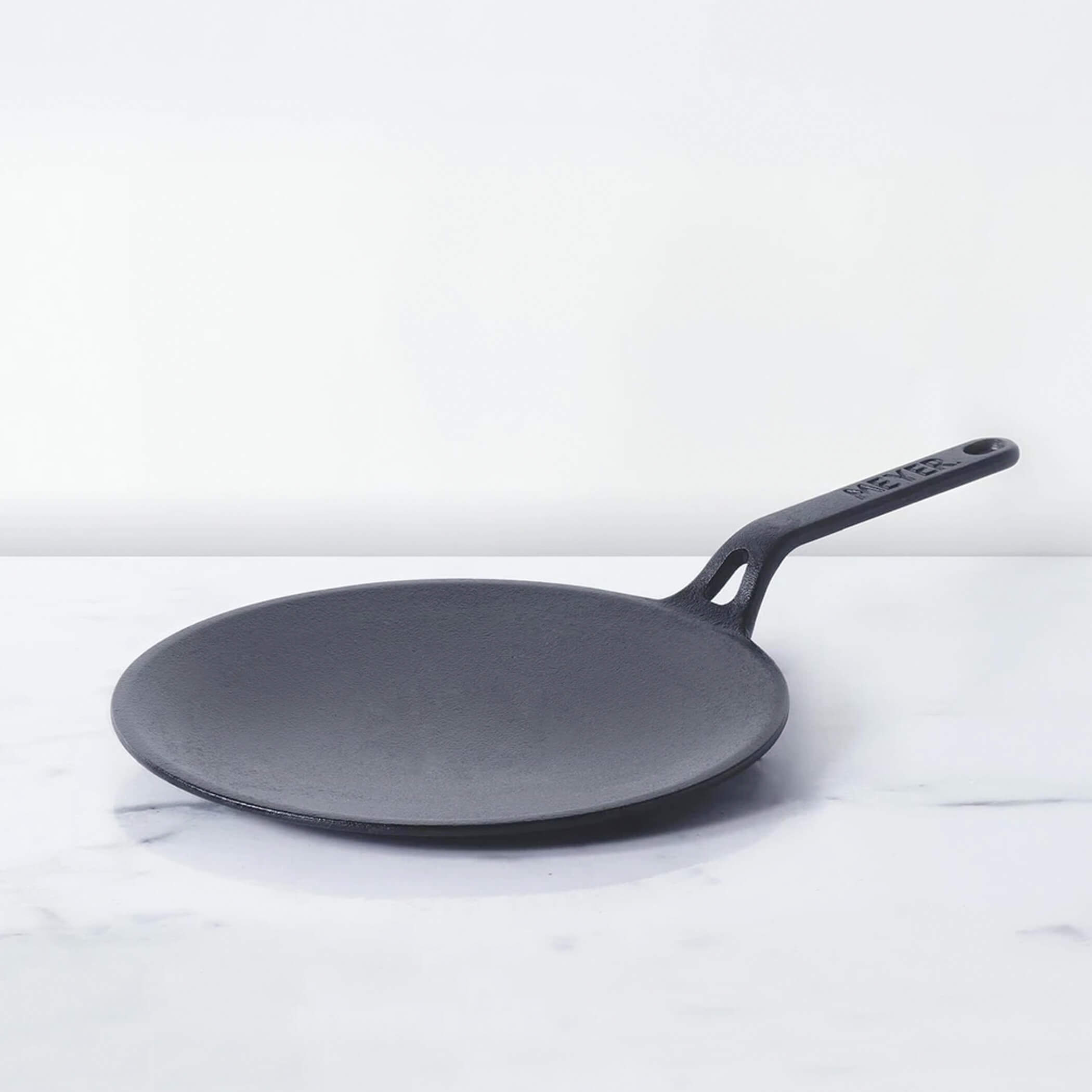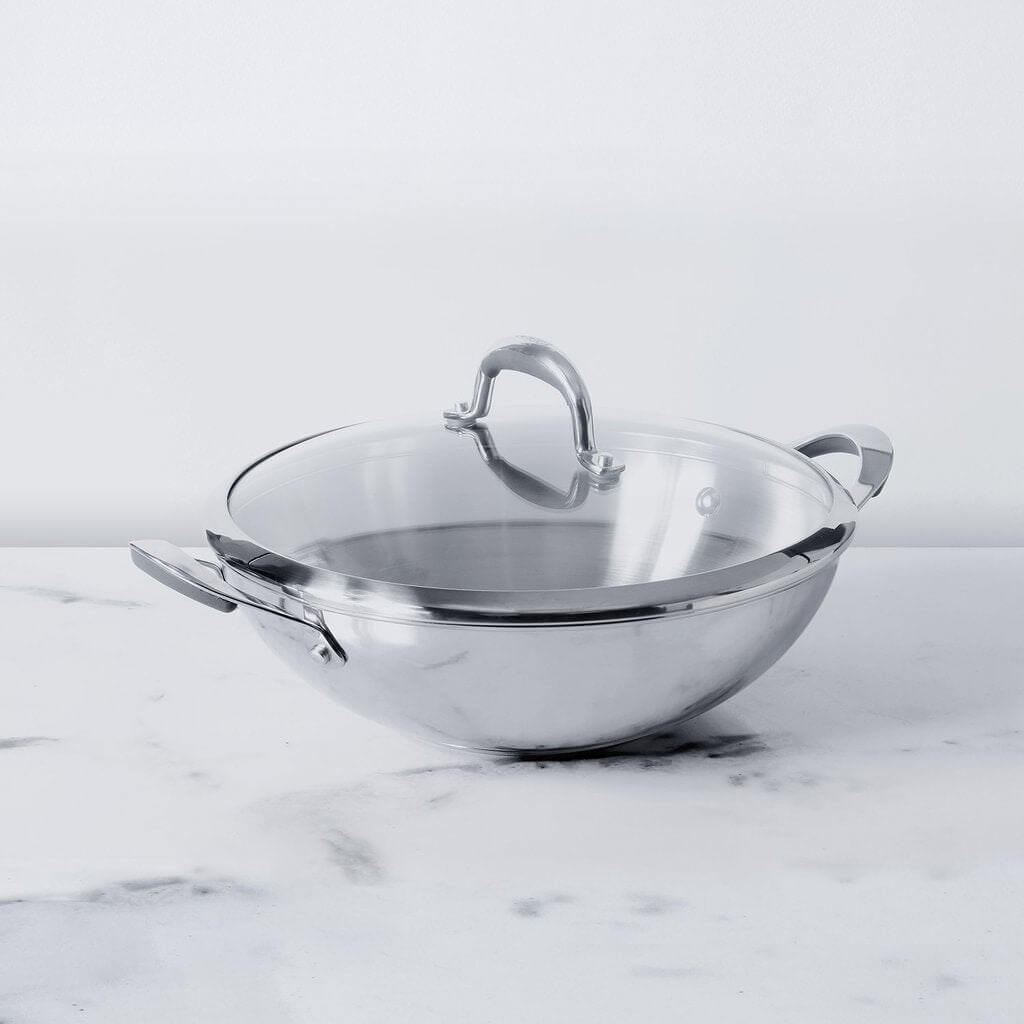Handi Cookers are traditional, round-bottomed cooking vessels that combine cultural heritage with modern-day functionality. These cookers are typically used for slow cooking and are recognized for their distinctive shape, which promotes even heat distribution. In recent years, Handi cookers have evolved from being solely traditional cookware to being a stylish and efficient kitchen appliance for everyday cooking. Here’s a detailed look at Handi cookers and their features:
Table of Contents
- What is a Handi Cooker?
- Key Features of Handi Cookers
- Popular Types of Handi Cookers
- Advantages of Using a Handi Cooker
- Best Dishes to Prepare in a Handi Cooker
- Conclusion
What is a Handi Cooker?
A Handi Cooker is a type of pressure cooker or cooking vessel that has a rounded, deep body with a narrow neck and wide base. It is traditionally made of copper, aluminum, or stainless steel, and it has gained popularity due to its ability to cook food evenly while retaining flavors. The design of the handi allows it to cook food slowly, which is ideal for preparing dishes that require tenderizing, like biryani, dal, and slow-cooked meats.
Key Features of Handi Cookers
-
Traditional and Unique Design:
-
The round-bottomed shape of a Handi promotes better heat circulation and ensures uniform cooking of food.
-
The design helps in slow cooking, which enhances the flavor and tenderness of the dish.
-
The wide base and narrow top allow for a high concentration of heat at the bottom while locking in moisture at the top, perfect for cooking rice, curries, and stews.
-
Material:
-
Stainless Steel Handis: These are the most commonly used in modern kitchens due to their durability, non-reactive nature, and ease of cleaning. Stainless steel also ensures that the cooker does not alter the flavor of food.
-
Aluminum Handis: Known for being lightweight and affordable, aluminum handis heat up quickly and are suitable for everyday use.
-
Copper Handis: Although rare in the modern kitchen, copper handis are highly prized for their heat conductivity. Copper helps maintain consistent heat and is ideal for dishes that require even cooking over longer periods.
-
Durability and Longevity:
-
Stainless Steel: Long-lasting, rust-resistant, and scratch-resistant, making it a top choice for daily use.
-
Aluminum: While it heats quickly, it may wear out over time and is prone to scratches and dents.
-
Copper: Known for its aesthetic appeal, copper requires regular maintenance and polishing to retain its shine and prevent tarnishing.
-
Versatility:
-
Handi cookers are versatile, making them ideal for a wide range of dishes including biryani, kebabs, curries, pulao, and slow-cooked stews.
-
They are perfect for dum cooking (a traditional method of cooking where food is steamed in its own juices), roasting, and simmering.
-
Some Handi cookers come with pressure cooking features, while others are simple cooking pots. Modern pressure handi cookers often include features like induction compatibility and heat-resistant handles for safer and more efficient cooking.
-
Slow Cooking Capabilities:
-
The design of the Handi cooker encourages slow cooking, which locks in flavors and moisture, producing tender and juicy results, especially for dishes like biryani or braised meats.
-
Slow cooking also preserves the nutrients in food, making it an ideal choice for health-conscious individuals.
-
Energy Efficiency:
-
The deep, rounded design allows food to cook at lower temperatures over an extended period, reducing energy consumption.
-
When used with a pressure lid, Handi cookers are highly efficient in locking in heat and moisture, significantly reducing cooking time compared to traditional methods.
Popular Types of Handi Cookers
-
Traditional Handi:
-
Typically used for slow-cooking, these do not have a lid that creates pressure, allowing you to simmer food for hours to develop rich flavors.
-
Often used in Indian, Pakistani, and Middle Eastern cooking for making dishes like dum biryani, meat curries, and vegetable stews.
-
Pressure Handi Cooker:
-
Modern versions of the Handi come with a pressure lid, which allows for faster cooking while retaining the essence of traditional handi cooking.
-
These cookers are ideal for households where time-saving is important but the desire for slow-cooked flavors remains.
-
Induction-compatible Handi:
-
Many contemporary Handi cookers are designed to work on induction cooktops, offering the same benefits of slow cooking but with the convenience and speed of modern technology.
-
These cookers often feature a multi-layered base to ensure uniform heat distribution across the surface of the cooker.
-
Non-stick Handi Cooker:
-
Some Handis come with a non-stick coating, making them easier to clean and preventing food from sticking to the bottom, especially when cooking rice or gravy-based dishes.
-
While non-stick Handis are easier to maintain, they may not provide the same longevity as stainless steel or copper versions.
Advantages of Using a Handi Cooker
-
Enhanced Flavor: The design of the Handi cooker helps trap moisture and steam, resulting in rich, flavorful dishes that are more tender and juicy.
-
Slow-Cooking Advantage: Perfect for slow-cooked stews and biryanis, a Handi retains the flavors and ensures that dishes are cooked to perfection.
-
Durability: Stainless steel and copper Handis are long-lasting and provide consistent heat distribution, making them a valuable investment for any kitchen.
-
Aesthetic Appeal: The traditional look of a Handi adds an element of elegance to your kitchen, and the design is especially attractive for serving food directly at the table.
-
Versatile Cooking: Handis are perfect for a variety of cooking techniques, including steaming, braising, simmering, and pressure cooking, which makes them ideal for large family meals and special occasions.
Meyer Enamel Cast Iron Skillet 26cm, Grey
Best Dishes to Prepare in a Handi Cooker
-
Biryani: The round-bottom shape is ideal for slow-cooking biryani, ensuring the rice is fluffy and flavorful.
-
Dum Biryani: The slow cooking process in a Handi creates the perfect environment for dum cooking, where the food is sealed and cooked in its own juices.
-
Curries and Stews: The even heat distribution and slow-cooking nature make Handis perfect for rich curries and tender stews.
-
Rice and Pulao: Handis can help cook rice or pulao to perfection, with evenly cooked grains and rich flavor.
-
Slow-cooked Meats: Whether it's mutton, chicken, or beef, a Handi allows for slow cooking that results in tender and flavorful meats.
Conclusion
Handi cookers offer a unique blend of style and efficiency, making them a valuable addition to your kitchen. With their slow-cooking capabilities, they can produce dishes with rich flavors and tenderness, making them ideal for large family meals. Whether you opt for a traditional Handi or a pressure Handi, these cookers deliver on both aesthetic appeal and practical performance. For those who value the art of slow cooking and flavorful dishes, a Handi cooker is a must-have kitchen tool.
MORE FROM BLOG
Top Collections
A Guide to Different Types of Pressure Cookers: From Multi-Cookers to Canning Pressure Cookers
2 Items












Leave a comment